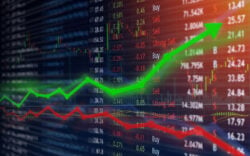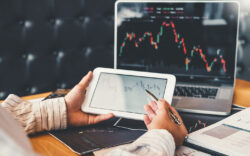Latest News
How you could profit from a bubble’s boom and its bust
19 April 2024
The weakest link in the renewables rollout threatens to sink net zero
18 April 2024
Why nuclear power can’t save us from renewables
17 April 2024

